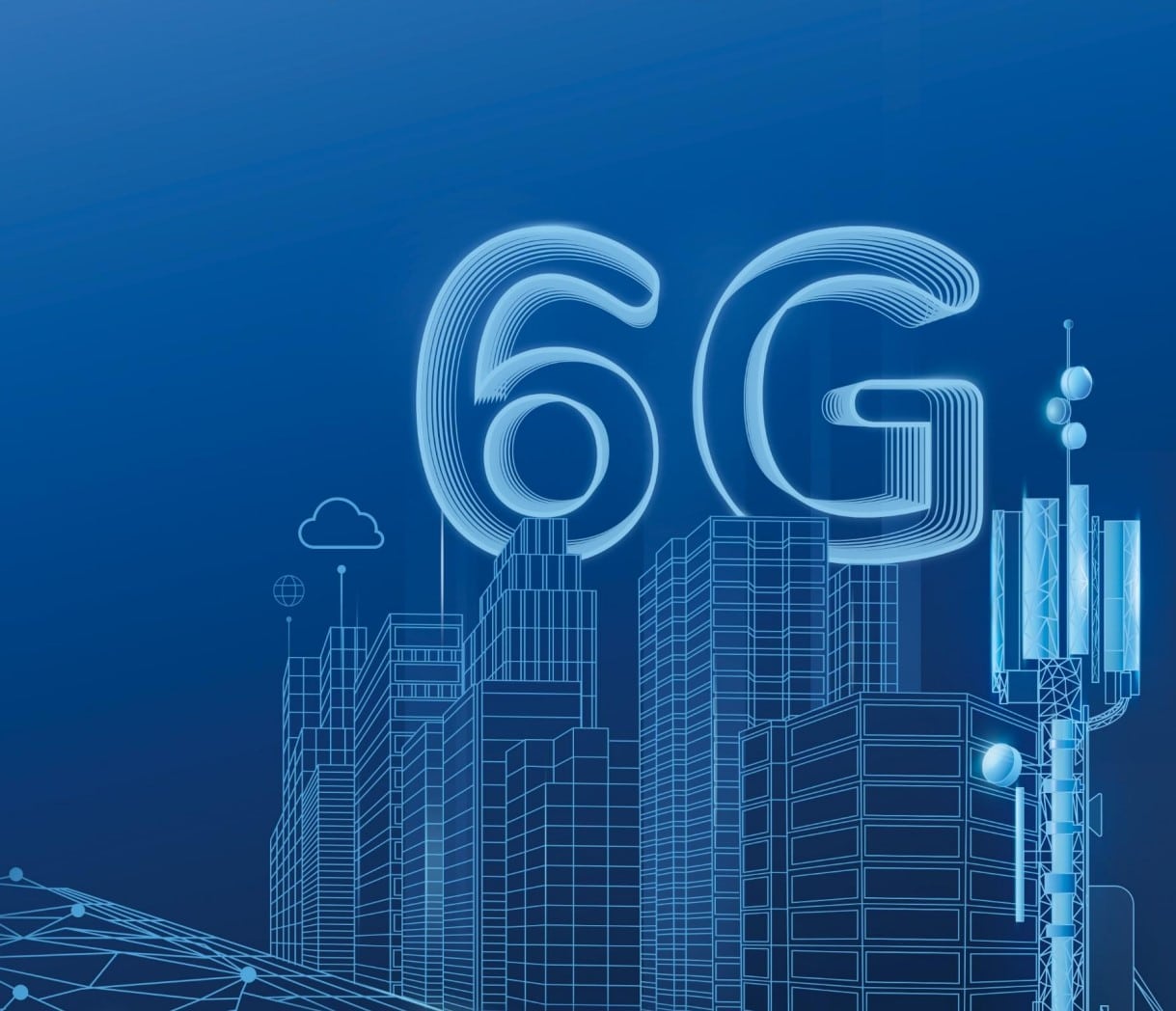The vivo Research and Communications Institute has released its third white paper on 6G technology entitled "Building a Freely Connected Physical and Digitally Unified World: 6G Services, Technology Capabilities and Enabling Technologies". This report, explores both the 6G framework and the enabling technologies that, according to the company's experts, will shape people's lives after 2030. 6G technologies require brand new system architecture designs as they will enable the convergence of the digital world with the physical world, impacting our future realities.
Services and capabilities: creating a new digital dimension
The vivo white paper states that the 6G will provide excellent communication, information and computing convergence services, merging communication, computing and sensors into a single system. An integrated 6G network will not only connect people to people, but will also connect people to machines and machines to machines, helping to create a whole new digital world. It is expected that hundreds of billions of devices will be connected by 2030.
The 6G technology will extend basic telecommunications services to fully support new experiences such as immersive mixed reality and communication based on holographic and multi-sensory technology. 6G mobile data connectivity services will continue to improve in terms of capacity, data rate, latency, reliability and many other aspects and therefore should improve several times compared to 5G.
Enabling technologies for continuous connectivity
In order for 6G technology to be supported, new network functions will need to be introduced. As 6G converges mobile and computer networks, supports data interaction between domains and native AI networks, a brand new system architecture design is required.
The integration of sensors and communication channels leads to a new dimension of opportunities for circular wireless networks. The native 6G artificial intelligence will improve the efficiency of the network and air interface, enhance system flexibility and reduce costs.
To support smart and enabling technologies, it is necessary to introduce a multi-layer database that will work end-to-end. Ultra-low power based communication reduces the access barrier to the terminal, enabling continuous connectivity.
According to the report, at present, the development of multiple-input multiple-output (MIMO) technologies, intelligent surface reconfiguration (RIS) technology, and new waveforms are some of the exciting areas of research that are paving the way towards a more efficient and more flexible network.
The vivo Research and Communications Institute, established in 2016, focuses on both research and standardization of 5G technology. To date, the Institute has submitted more than 8,000 proposals on 5G technology to the Third Generation Partnership Project (3GPP), resulting in 15 technical specifications and three technical projects being approved.
The vivo white paper "Building a Freely Connected Physical and Digitally Integrated World: 6G Services, Technological Capabilities and Enabling Technologies" is available here.
Press release








